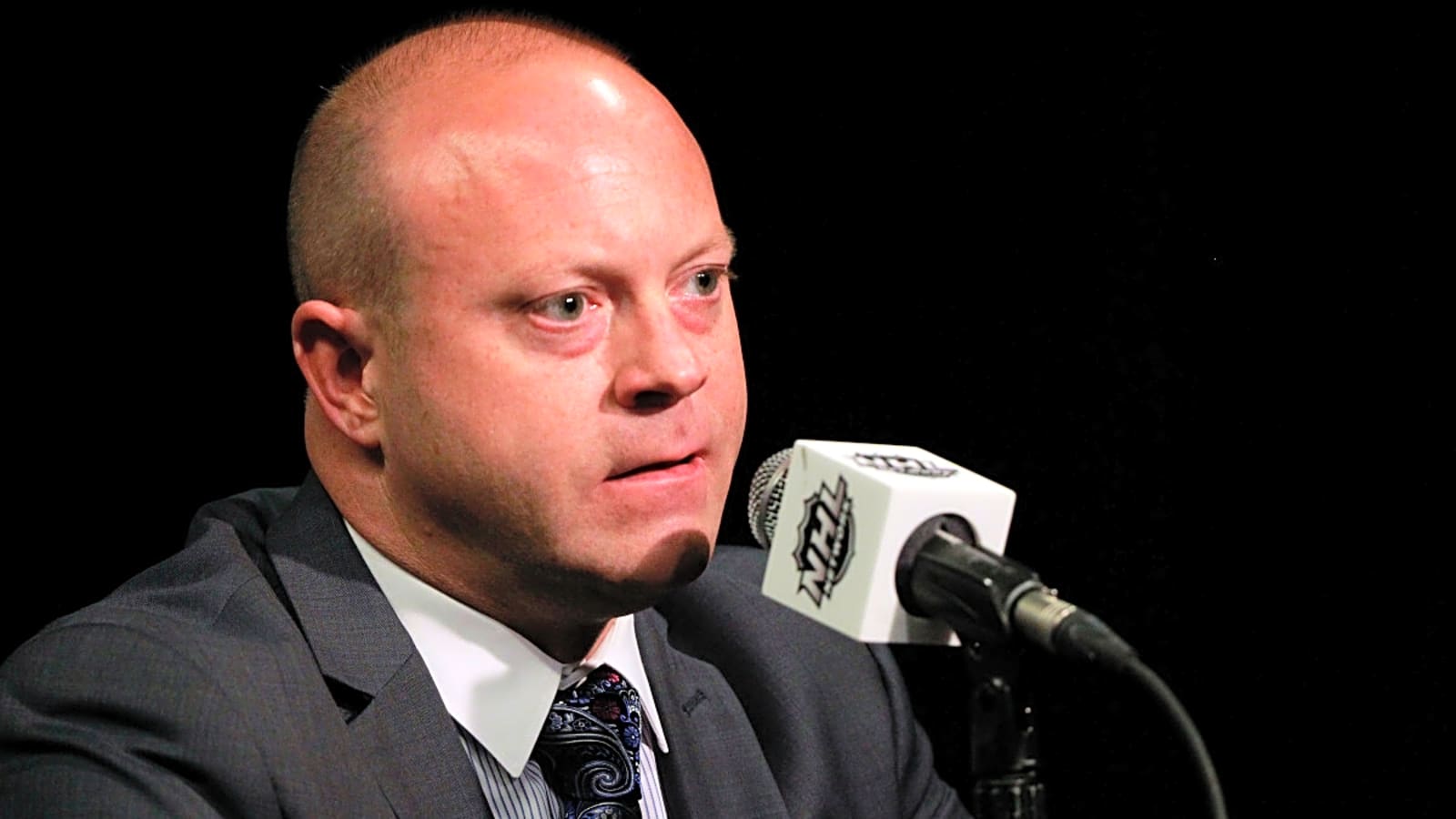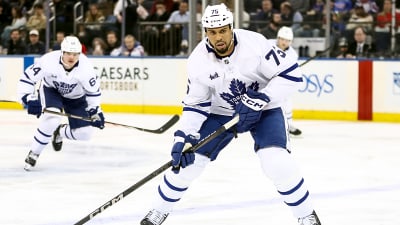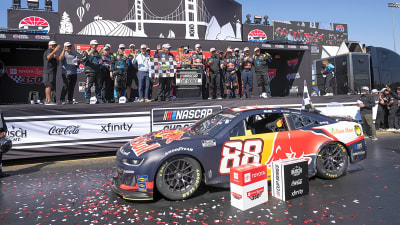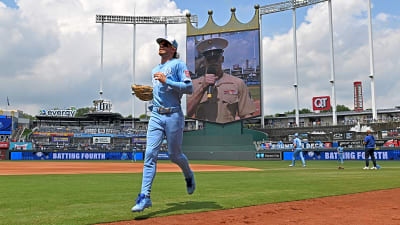
Rebuilds suck. Watching your favorite team lose consistently is mentally draining. There has been a lot of interesting discourse from Chicago Blackhawks fans who are opposed to the rebuild. Their arguments are valid. However, the Kyle Davidson apologist usually responds with "Just be patient."
Telling a fan to wait or that they don't know what a rebuild entails is lazy.
So, let's take a breath, pause, and revisit the beginning of this rebuild to explore alternative options alongside the Blackhawks' rebuild. In this multipart series, I'll examine key moments in the Blackhawks' timeline where the rebuild could have been terminated and explore potential alternatives.
This is not an evaluation of Kyle Davidson's draft picks, free agent signings, or trades. Not yet, at least. We must also remember that hindsight is 20/20.
The 2022 Chicago Blackhawks
The Chicago Blackhawks committed to their current iteration of the rebuild in 2022 when Kyle Davidson was named the General Manager and traded Alex DeBrincat. That was the first move of the rebuild. It was also the first public statement of the Blackhawks taking the direction of a rebuild.
Stan Bowman's failed rebuild doesn't count as an extension of this current rebuild. Yes, rebuilds span multiple GMs (more on that in another article). Bowman's lack of direction and inability to stick to a plan led to a failed re-tool and a short one-year rebuild that was canceled because of enticing free agents in 2021.
But the Blackhawks didn't have to rebuild in 2022.
They could have taken a different approach by keeping their top players and franchise stars and trying to acquire new talent through trades or free agency. Danny Wirtz might have hired a different GM in 2022 and pursued what Bowman was unable to accomplish.
Stan Bowman's Failures
Bowman failed miserably at retooling. He traded away Nikolas Hjalmarsson and Artemi Panarin in the summer of 2017. Don't tell me it was because of the salary cap, because he signed Patrick Sharp for two more years and signed other questionable veterans (Tommy Wingels, anyone?). The Hawks followed that up with a failed 2017-18 season (last place in the division), more questionable signings in the 2018 offseason, and then fired their greatest coach in franchise history 15 games into the season. The hiring of Jeremy Colliton also had a serious impact on the Blackhawks' performance.
It wasn't until the summer of 2020 that Bowman officially announced the idea of a rebuild (which was announced via a letter to the fans)..
A message to Blackhawks fans. pic.twitter.com/7wBXrJPDQ1
— Chicago Blackhawks (@NHLBlackhawks) October 20, 2020
One year later, in 2021, Bowman reversed his rebuild and tried to go for it. Seth Jones and Marc-Andre Fleury were signed with aspirations of a Stanley Cup. Those decisions effectively ended "Bowman's rebuild".
Bowman stepped down as GM in October 2021 as a result of the findings from the Jenner & Block investigation. This forced a new direction for the Blackhawks, as Kyle Davidson was placed in the interim role and Jeremy Colliton was fired after a 1-9-2 record. If Bowman never stepped down, there were likely no plans for Bowman to be removed as GM.
The middle of the 2022 season was pivotal for the Blackhawks. Not because they lost a GM, but because Danny Wirtz announced that he would have the full support of whatever direction his new GM would want to go moving forward.
Kyle Davidson wanted to rebuild.
What's On Tap Next
We've established that Stan Bowman wasn't the GM the Blackhawks needed post-2018. Rebuilding was always an option, not a necessity. However, in 2022, the Blackhawks decided to stick to one plan: rebuild firmly. But what precedent was set for this? Which teams were successful in their rebuilds to make this a viable decision, rather than a decision made for the sake of sticking to one?
More must-reads:
- NHL's 2025-26 opening night slate is a showcase opportunity for the league
- Sabres, Bowen Byram avoid arbitration with new two-year deal
- The 'No. 1 overall MLB Draft picks' quiz
Breaking News
Trending News
Customize Your Newsletter
 +
+
Get the latest news and rumors, customized to your favorite sports and teams. Emailed daily. Always free!








